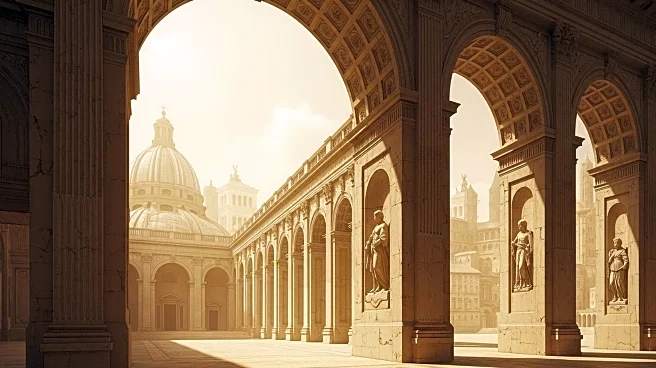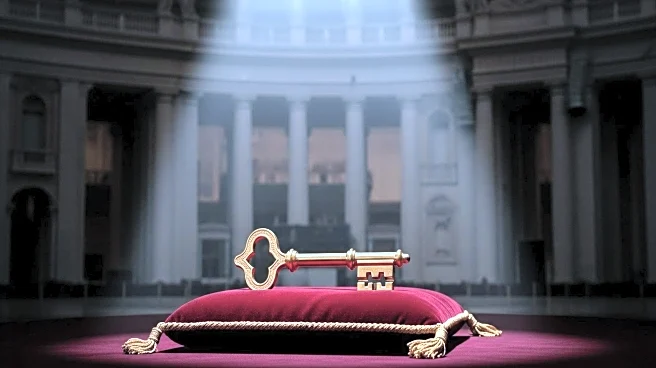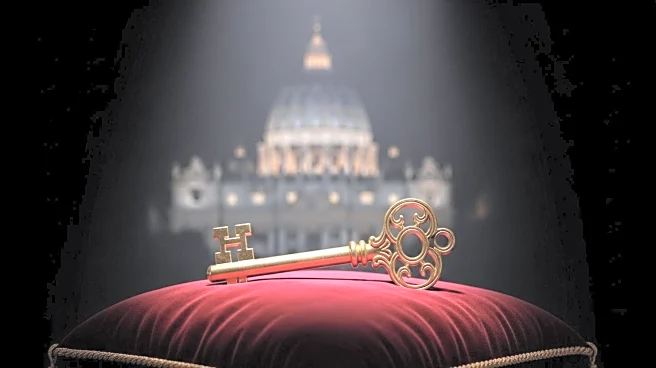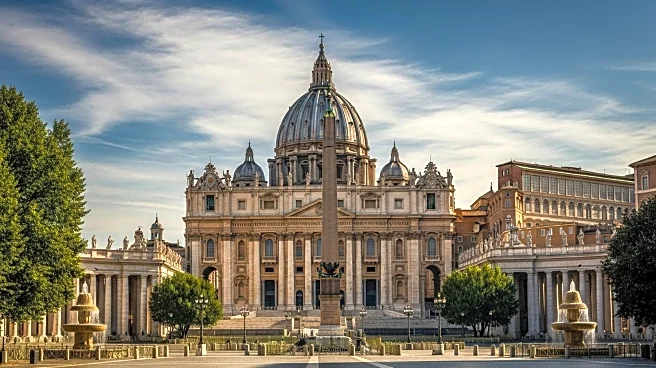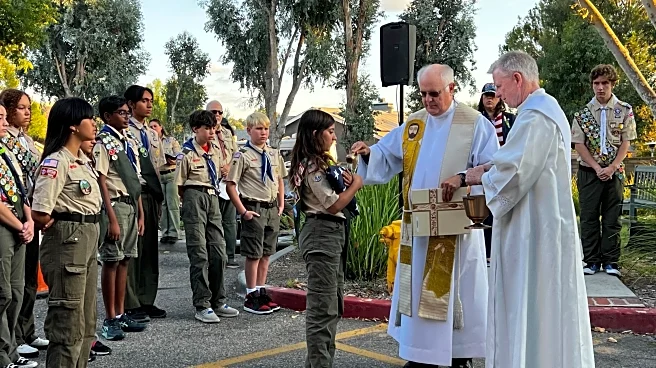The leadership behind the construction of St. Peter's Basilica was marked by vision and execution that spanned decades. As the largest church in Vatican City, its creation involved a series of strategic decisions and collaborations among some of the most influential figures in the Catholic Church and Renaissance art.
Leadership Context
The construction of St. Peter's Basilica was initiated by Pope Julius II in the early 16th century. His vision was to create a grand church that would serve as a symbol of the Catholic Church's power and influence. This ambitious project required the collaboration of leading architects and artists of the time.
Decisions and Strategies
Key decisions in the basilica's construction included the selection of architects like Bramante, Raphael, and Michelangelo. Each brought unique skills and ideas, contributing to the basilica's iconic design. Strategic planning was essential to manage the vast resources and labor required for such a monumental project.
Outcomes and Accountability
The successful completion of St. Peter's Basilica was a testament to effective leadership and accountability. Despite challenges, including financial constraints and changes in papal leadership, the basilica was completed in 1626. It stands as a symbol of the Catholic Church's resilience and commitment to its vision.
Lessons for U.S. Audiences
For U.S. audiences, the leadership behind St. Peter's Basilica offers lessons in vision, collaboration, and perseverance. The project exemplifies how strategic planning and teamwork can overcome obstacles to achieve monumental goals, relevant to both religious and secular leadership contexts.
 Discover Daily • 8 min read
Discover Daily • 8 min read 